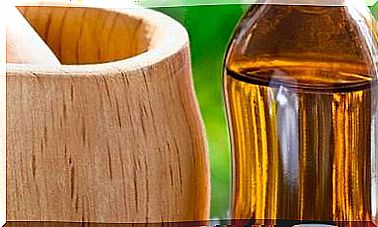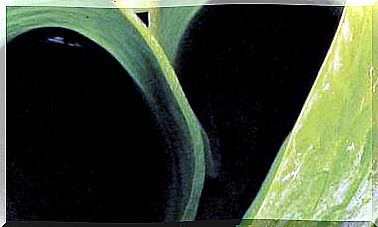How To Cook Loose Rice (and Not Die Trying)
We would not say no to a good risotto, but there is life beyond this type of preparation. Welcome different types of looser rices.

The rices that are loose, fluffy, at their point, well separated, serve as the basis for a great variety of dishes. The advantage of being like this is that, being al dente, they do not stick, they do not fall apart, they are more easily stored and can be subjected to more subsequent cooking processes (such as sauteed) to incorporate them into our daily meals.
The loose rices must be al dente, cooked just enough to be tender and edible, but without the grain opening and releasing starches in the middle. The steamed and “not overcooked” rices have undergone a treatment to gel these starches and leave a “sealed” grain, so that the only thing that happens if you overcook is that the grains remain rubbery.
It is not necessary to resort to special rices to make them well loose, if not to handle well the techniques that allow us to do it with any rice.
Basmati, long and aromatic in general
These rices are especially good when cooked with just the right liquid and covered. With them dishes such as biryanis and pilafs or pulaos are made. In these cases they are also incorporated, along with rice, vegetables, spices and oils.
These rices are very rich in amylose, so they absorb less water and the grain is more whole. It is best to make them in just enough water and let it rest.
Basmati “al dente”
You can use this rice at the moment, sauté it, put it as an addition to a stew or stew, keep it in the fridge or freeze it. Before freezing make sure it is cold and separate the grains well with a fork.
Ingredients
- 1 cup basmati rice
- 1 cup and a little more water
Preparation
- Put the rice and water in a medium, heavy-bottomed saucepan. The water has to cover the rice slightly. Cover it and put it over high heat.
- When it starts to boil, put it to a minimum until there is no water left.
- Remove it from the heat and let it rest for 10 minutes.
- Uncover and fluff the beans with a fork.
If you use brown basmati rice, the process is the same but letting the rice soak for 30 minutes beforehand (then drain it well). In this way we make sure that the grain is tender and juicy.
Round and short grain rices
The ones we know best are “normal” round rice, bomba, calasparra, and so on. They are the ones we normally use for any preparation, also for paella.
These rices have a different balance of amylose and amylopectin, more “half and half”, so the grains are not as dry, they absorb more water and it is easier for them to pass and open.
Nothing happens, the same method as for basmati works perfectly with these rices. In addition, by not stirring them, we prevent the water from filling with starches that make it pasty.
Round rice al dente
Ingredients
- 1 cup of round rice
- 1 cup and ¼ cup of water
Preparation
- Put the rice and water in a medium heavy-bottomed saucepan. Cover it and put it over high heat.
- When it starts to boil, put it on a low heat until there is no water left.
- Set it aside and let it sit for 5-10 minutes.
- Stir with a kitchen trowel or fork to fluff up the beans.
If you use brown rice it is the same but leaving it to soak previously for 30 minutes.
This rice is especially good for stir-fries and dishes like that, even if they have a sauce. You can keep it in the fridge for up to 3 days or freeze it.
Oriental rices
These rices have a much higher amylopectin content than the previous ones, and little amylose, which is why they are considered “glutinous” or sticky. The good thing about this composition is that the grains have a very pleasant texture, they remain loose to cook, but then they are easy to squeeze and bind together so that they stick together and eat them with toothpicks.
So that you have some very loose rice dishes, first of all wash them. Washing them consists of putting the rice that you are going to use in the saucepan, putting a good amount of water (of the time) and stirring by hand. The liquid will turn white because it is filled with starches from the rice. That water is thrown away and the operation is repeated until the water comes out only cloudy, not white.
Chinese rice
Ingredients
- 1 cup of Chinese rice (jasmine, sweet rice, glutinous, etc, Japanese varieties also serve)
- 1.25 cups of water
Preparation
- Wash the rice at least 3 times and drain it well.
- Put it with the water, covered, over high heat. When it starts to boil, put it to the minimum until there is no liquid left.
- Turn off the heat and let it rest for 10 minutes.
- Sponge the grains with a rice paddle.
There are whole grains of these rices that have different hardnesses. Glutinous black rices, for example, need 4 hours to soak before cooking, while long red rices only half an hour. When in doubt, let your brown rice soak for at least 1 hour before starting to cook it. You don’t need to wash it.
With these rices you can make great Chinese and Japanese fried rices. The grains hold up very well to any cooking, also in broth.
You can keep it in the fridge, in a tightly closed container, for up to 3 days. In the freezer, up to 3 months. Make sure the rice is very cold and fluffy before freezing it.









